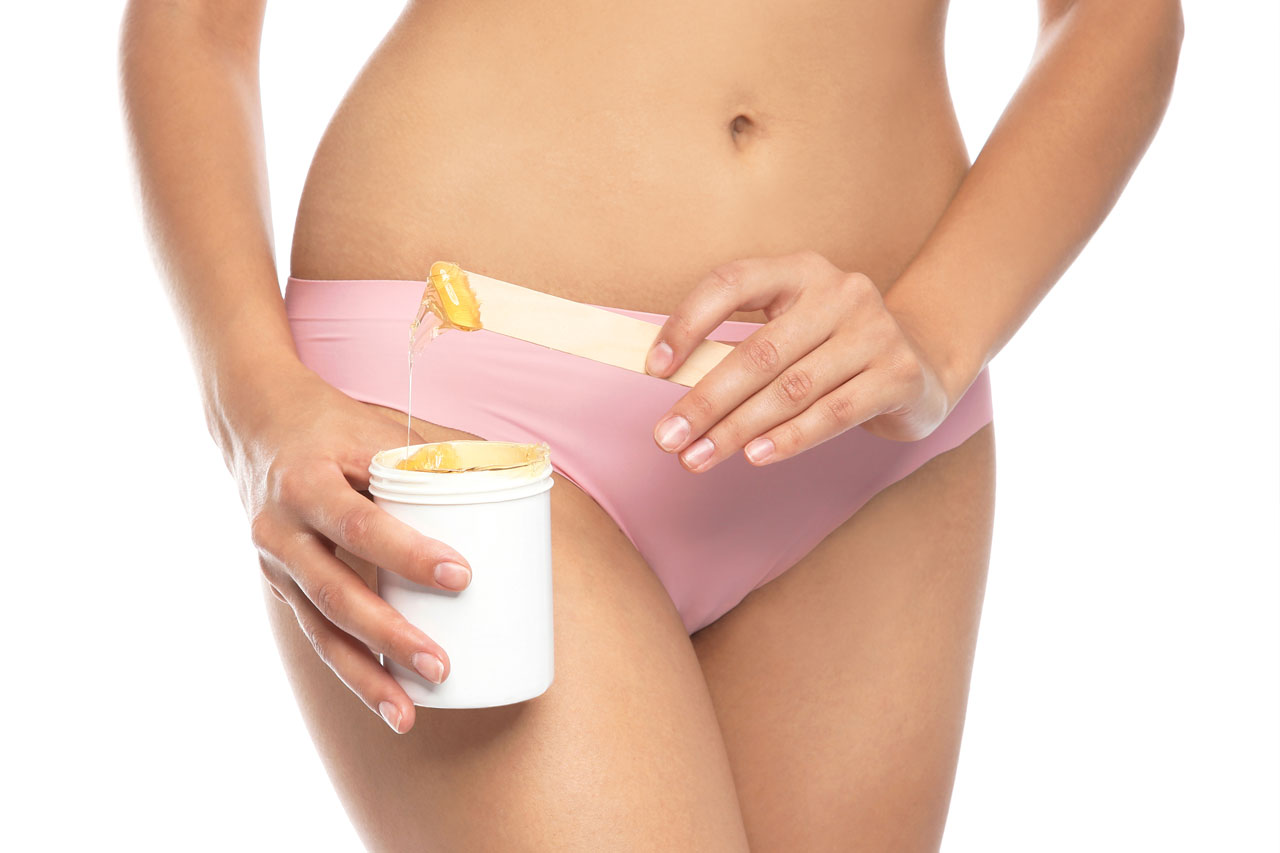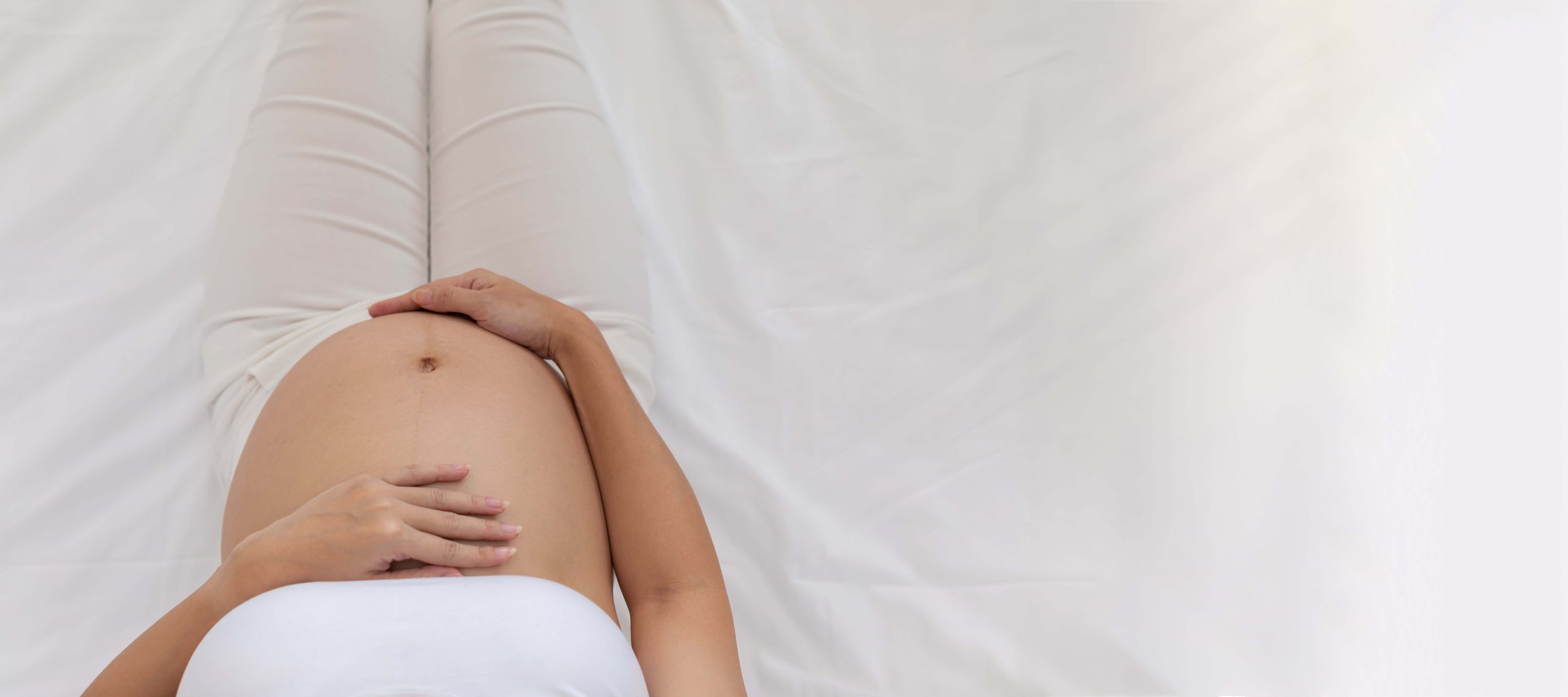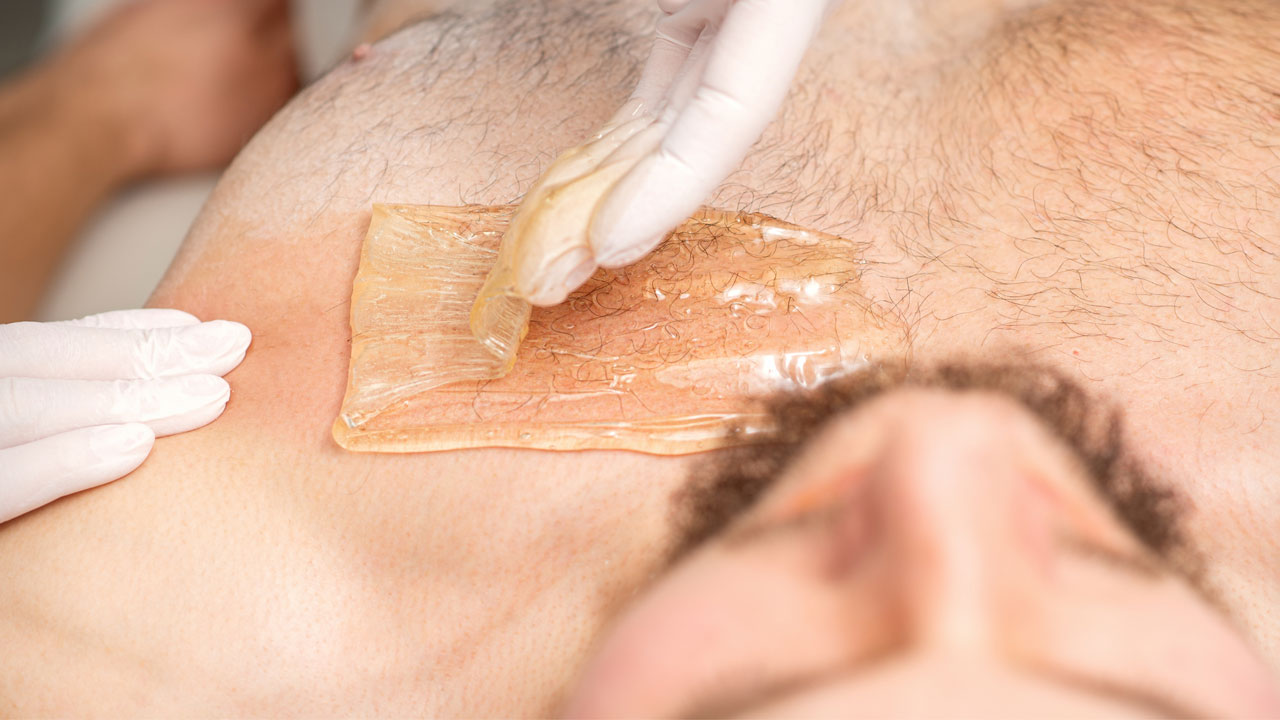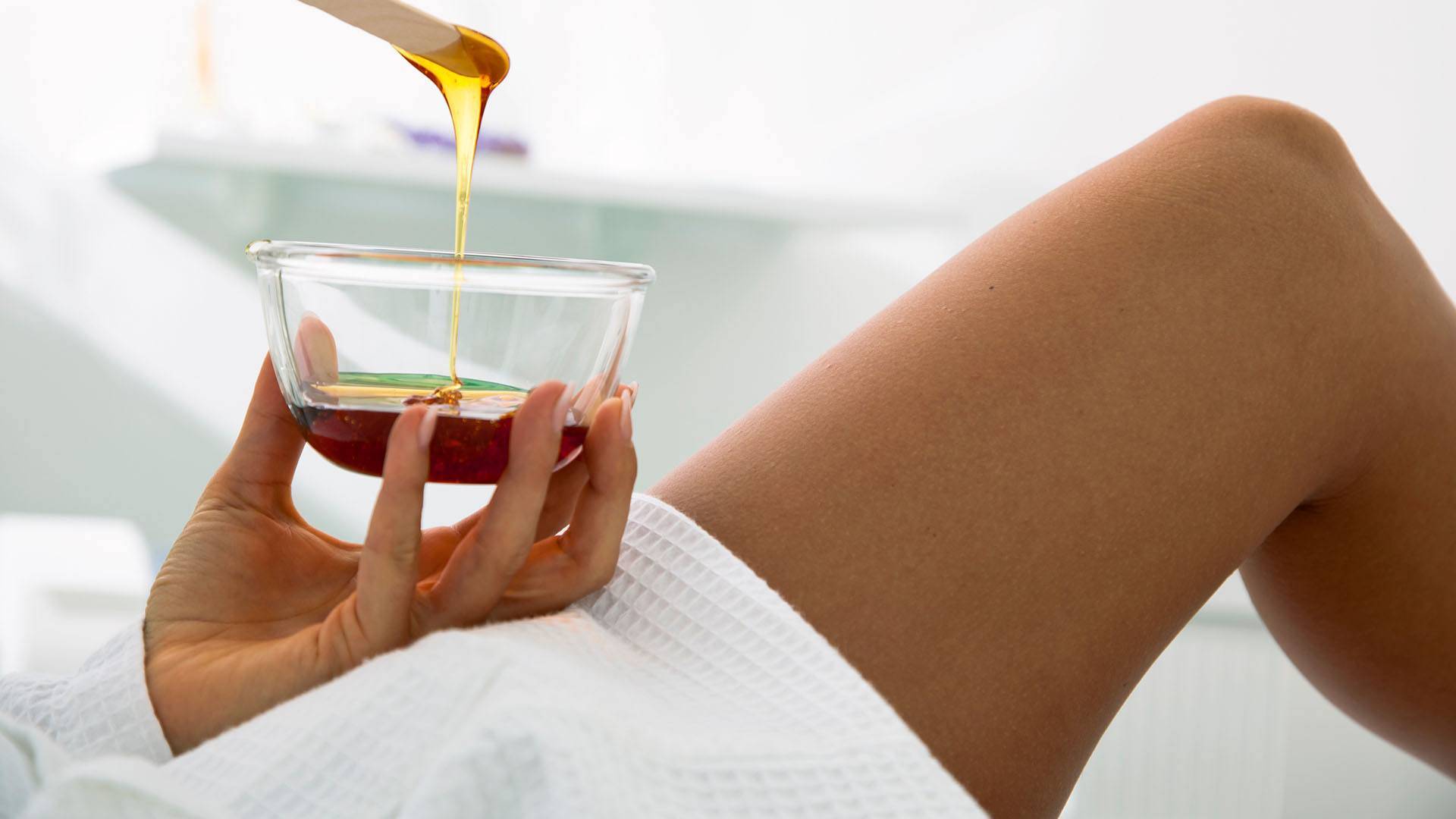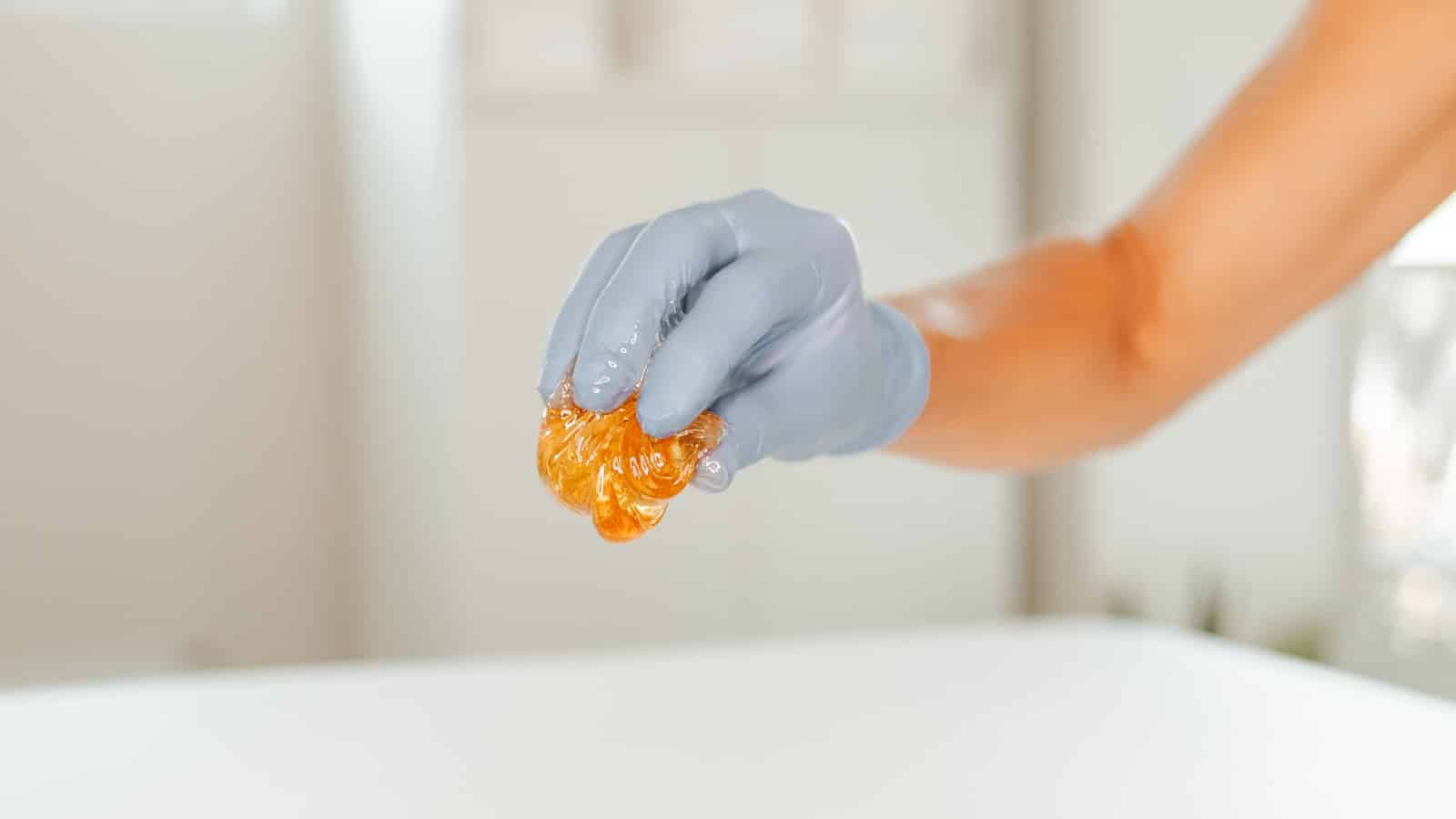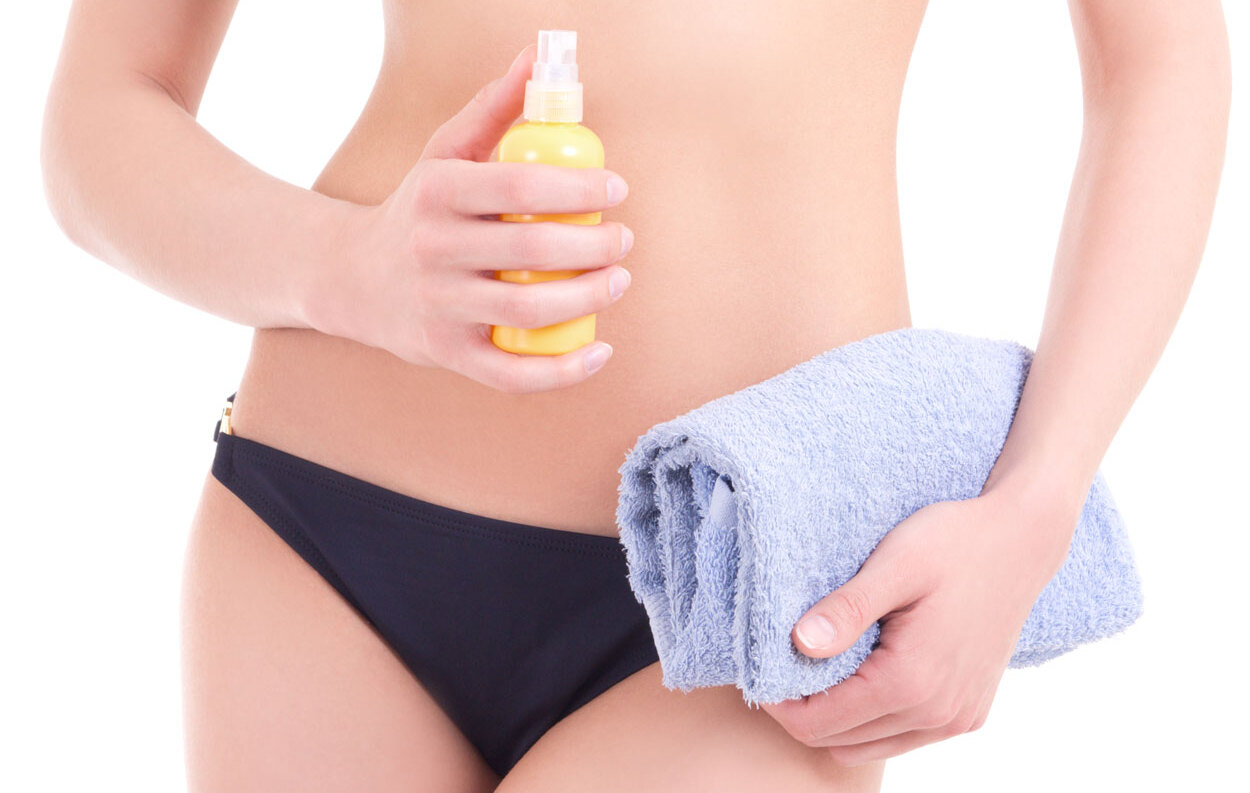Home>Latest Posts>How Do You Do A Brazilian Wax
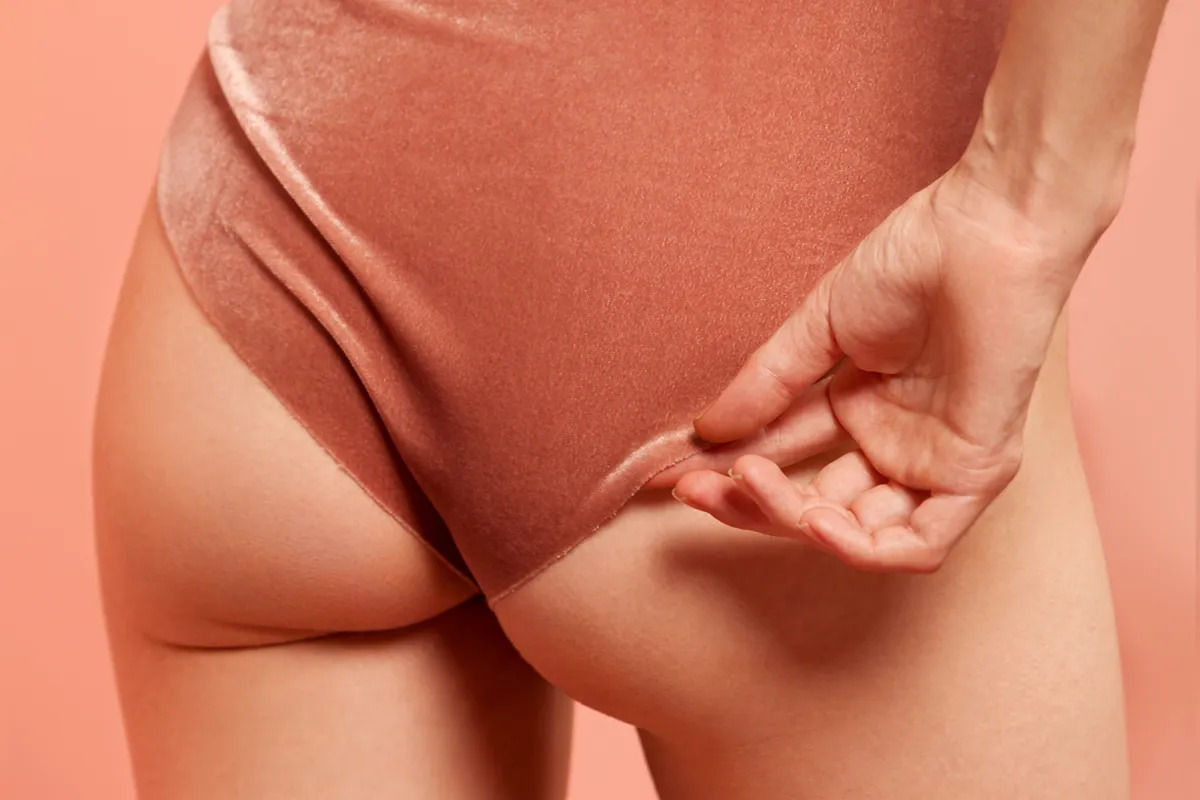

Latest Posts
How Do You Do A Brazilian Wax
Modified: September 23, 2023
Learn how to do a Brazilian wax for women and achieve smooth, hair-free skin. Step-by-step guide and tips for a successful at-home waxing experience.
(Many of the links in this article redirect to a specific reviewed product. Your purchase of these products through affiliate links helps to generate commission for Under-tec.com, at no extra cost. Learn more)
Table of Contents
Introduction
Welcome to the world of Brazilian waxing! If you’ve ever wondered how to achieve a smooth and hair-free bikini area, you’ve come to the right place.
Over the years, Brazilian waxing has gained immense popularity as a preferred method of hair removal for women. Its effectiveness in removing hair from the entire pubic region, leaving behind silky-smooth skin, has made it a go-to choice for many. But before you embark on this intimate grooming adventure, it’s essential to equip yourself with the necessary knowledge and understand what lies ahead.
In this article, we will guide you through the process of getting a Brazilian wax, from preparation to aftercare and everything in between. Whether you’re a newbie or someone looking to refine their waxing routine, we’ve got you covered.
It’s important to note that Brazilian waxing involves removing all or most of the hair in the pubic area, including the front, middle, and back. It’s a more comprehensive and thorough method compared to a regular bikini wax, which only focuses on removing hair from the sides and top of the bikini line. Brazilian waxing provides a cleaner look and longer-lasting results, making it a popular choice for those seeking a hair-free bikini area.
Now that you have a brief overview of what a Brazilian wax entails, let’s dive deeper into the process, starting with the necessary preparations.
What is a Brazilian Wax?
A Brazilian wax is a type of hair removal procedure that involves the complete or near-complete removal of hair in the pubic region. Unlike other methods like shaving or using hair removal creams, a Brazilian wax provides longer-lasting results, typically lasting three to six weeks depending on the individual’s hair growth cycle.
The procedure typically involves the application of warm wax to the pubic area, covering all sides – front, middle, and back. Once the wax sets, it is quickly pulled off in the opposite direction of hair growth, removing the hair from its root. This method ensures a smoother finish and reduces the chances of ingrown hairs compared to shaving, which only removes hair from the skin’s surface.
The main difference between a Brazilian wax and a regular bikini wax is the amount of hair removed. While a bikini wax focuses on shaping and removing hair from the sides and top of the bikini line, a Brazilian wax takes it a step further by also removing hair from the labia, perineum, and buttocks area.
It’s essential to note that Brazilian waxing is a highly personal and intimate procedure that should be performed by a trained and experienced esthetician in a sanitary and comfortable environment. Choosing a reputable salon that follows proper hygiene practices is crucial to ensure a safe and positive experience.
Many women choose Brazilian waxing for various reasons. Some prefer the clean and smooth feeling it provides, while others find it more convenient than regular shaving. Additionally, some people find that the absence of hair can enhance sexual pleasure or improve hygiene. However, it’s essential to remember that personal preferences vary, and it’s important to choose a hair removal method that works best for you.
Next, let’s explore the necessary steps to prepare for a Brazilian wax, ensuring a successful and comfortable experience.
Preparing for a Brazilian Wax
Preparing for a Brazilian wax is essential to ensure a smooth and comfortable experience. Here are some steps you can take to get ready:
- Allow hair to grow: To achieve optimal results, it’s recommended to allow your hair to grow to at least a quarter-inch in length. This allows the wax to adhere properly and ensures efficient hair removal.
- Exfoliate the skin: Exfoliating the area a day or two before your appointment helps remove dead skin cells and allows the wax to grip the hair more effectively. Use a gentle exfoliating scrub or a soft brush to avoid irritation.
- Avoid moisturizers and oils: On the day of your waxing appointment, refrain from applying any moisturizers, oils, or lotions to the area, as they can interfere with the wax’s grip on the hair.
- Take a warm shower: Taking a warm shower before your appointment helps open up the hair follicles and makes the waxing process less painful. Avoid hot showers, as they can cause skin redness and sensitivity.
- Communicate any concerns: If you have any skin allergies, sensitivities, or concerns, make sure to communicate them with your esthetician before the waxing session. They can provide recommendations or alternatives to accommodate your needs.
- Wear comfortable clothing: Choose loose-fitting and breathable clothing to wear to your appointment. Tight clothing can cause friction and discomfort after the waxing session.
It’s normal to feel a little nervous before your first Brazilian wax, but rest assured that estheticians are trained professionals who prioritize your comfort and safety. They will guide you through the process and answer any questions you may have.
Now that you’re well prepared, let’s move on to understanding the waxing process itself.
The Waxing Process
The waxing process for a Brazilian wax involves several steps to ensure effective hair removal and minimize discomfort. Here’s what you can expect:
- Cleansing: The esthetician will start by cleansing the area to remove any dirt, oils, or residue. This step ensures a clean surface for the wax to adhere to.
- Application of warm wax: The esthetician will apply warm wax to the desired areas using a wooden spatula or roller. They will work section by section, spreading the wax evenly and in the direction of hair growth.
- Placement of fabric strips: After applying the wax, the esthetician will place fabric strips over the waxed area, pressing them firmly to ensure proper adhesion.
- Quick removal: Once the wax sets and adheres to the hair, the esthetician will swiftly remove the fabric strips in the opposite direction of hair growth. This motion pulls the hair out from the root, resulting in smoother and longer-lasting results.
- Repeating the process: The esthetician will continue applying wax and removing hair section by section until they have covered the entire pubic area, including the front, middle, and back.
- Tweezing and touch-ups: After the majority of the hair is removed, the esthetician may use tweezers to pluck any stray hairs or perform touch-ups to ensure a thorough and clean finish.
- Post-waxing soothing: To soothe the skin and minimize any discomfort, the esthetician may apply a cooling gel or lotion to the waxed area. This helps reduce redness, inflammation, and irritation.
During the waxing process, it’s normal to experience some discomfort or mild pain, especially during the quick hair removal. However, most people find the sensation tolerable, and the results are worth it. Communicate openly with your esthetician throughout the session if you need a break or if the pain becomes too intense.
Now that you have a better understanding of the waxing process, let’s move on to pain management techniques that can help make the experience more comfortable.
Pain Management Techniques
We understand that the idea of getting a Brazilian wax may be intimidating for some due to the potential discomfort involved. However, there are several pain management techniques you can try to make the experience more bearable:
- Deep breathing: Practice deep breathing exercises during the waxing process. Taking slow, deep breaths helps relax your body and distract your mind from the momentary discomfort.
- Numbing creams or sprays: Over-the-counter numbing creams or sprays containing lidocaine can help temporarily numb the skin, minimizing the sensation of pain during the waxing process. Apply the product according to the instructions provided beforehand.
- Distraction techniques: Diverting your attention through conversation with the esthetician or listening to music can help take your mind off the discomfort and make the experience more enjoyable.
- Taking a pain reliever: If you’re concerned about pain, taking an over-the-counter pain reliever like ibuprofen or acetaminophen before your appointment can help reduce discomfort.
- Choosing the right timing: Plan your waxing appointment strategically. Avoid scheduling it during or just before your menstrual cycle, as the skin can be more sensitive during this time.
- Regular waxing: With regular waxing, the discomfort generally reduces over time as your body becomes accustomed to the sensation. The more consistently you wax, the less discomfort you’re likely to experience with each session.
Keep in mind that everyone’s pain tolerance is different, and what works for one person may not work for another. It’s essential to find the pain management techniques that suit you best and make you feel most comfortable during the waxing process.
Now that you have some techniques to minimize discomfort, let’s move on to the crucial aftercare tips to ensure optimal results and maintain the health of your skin.
Aftercare Tips
Proper aftercare is crucial to promote healing, prevent irritation, and maintain the smoothness of your freshly waxed bikini area. Here are some important aftercare tips to follow:
- Avoid touching the area: It’s important to refrain from touching or scratching the waxed area immediately after the procedure. This can introduce bacteria and irritate the skin.
- Avoid hot baths and showers: To avoid further irritation, it’s best to avoid hot baths, showers, saunas, or steam rooms for at least 24-48 hours after the waxing session. Stick to lukewarm water instead.
- Wear loose clothing: Opt for loose-fitting and breathable clothing to allow the skin to breathe and minimize friction. Tight clothing can cause irritation and ingrown hairs.
- Avoid sun exposure: Protect the waxed area from direct sun exposure for at least 24-48 hours. If you need to go out in the sun, apply a broad-spectrum sunscreen with a high SPF to prevent sunburn and further irritation.
- Exfoliate gently: After 48 hours, you can start exfoliating the waxed area gently to prevent ingrown hairs. Use a gentle exfoliating scrub or a soft brush to remove dead skin cells and promote hair growth in the right direction.
- Avoid excessive sweating: Avoid strenuous physical activities or workouts that cause excessive sweating for at least 24 hours after the waxing session. Sweat can irritate the freshly waxed skin.
- Moisturize regularly: Keep the skin moisturized with a fragrance-free, non-comedogenic lotion or moisturizer. Moisturizing helps maintain skin hydration and prevents dryness and flakiness.
- Avoid sexual activity: Refrain from sexual activity for at least 24 hours after the waxing session to allow the skin to heal and reduce the risk of irritation or infection.
Following these aftercare tips will help your skin recover and maintain a smooth and healthy appearance. If you experience any unusual redness, swelling, or discomfort, it’s important to consult with your esthetician or dermatologist.
Now, let’s address some potential risks and side effects associated with Brazilian waxing.
Potential Risks and Side Effects
While Brazilian waxing is generally considered safe, there are some potential risks and side effects that you should be aware of:
- Redness and irritation: It’s common to experience temporary redness and irritation in the waxed area immediately after the procedure. This should subside within a few hours to a day.
- Ingrown hairs: Ingrown hairs can occur when hair grows back into the skin instead of outward. To prevent this, exfoliate regularly and avoid tight clothing that can cause friction.
- Skin sensitivity: Some individuals may experience heightened skin sensitivity, especially if they have pre-existing skin conditions like eczema or psoriasis. It’s important to communicate any concerns or conditions with your esthetician before the waxing session.
- Allergic reactions: Although rare, certain individuals may have an allergic reaction to the wax or other products used during the procedure. It’s essential to do a patch test before undergoing a full Brazilian wax.
- Infection: If proper hygiene practices and sanitary measures are not followed, there is a small risk of infection. Choose reputable salons with trained estheticians and ensure that all equipment is sterilized between clients.
- Bleeding or bruising: In rare cases, minor bleeding or bruising may occur during the waxing process, especially if the skin is delicate or if the hair is coarse. Apply gentle pressure with a clean cloth to stop any bleeding.
It’s essential to remember that everyone’s skin reacts differently, and the severity of these side effects can vary from person to person. If you experience persistent or severe side effects, it’s recommended to seek guidance from a healthcare professional.
Now, let’s address some frequently asked questions related to Brazilian waxing to further enhance your understanding of this hair removal technique.
Frequently Asked Questions
Here are some common questions about Brazilian waxing along with their answers:
- Is Brazilian waxing painful? Brazilian waxing can cause some discomfort, especially during the hair removal process. However, the level of pain varies from person to person and tends to lessen with regular waxing.
- How long does a Brazilian wax last? The results of a Brazilian wax typically last between three to six weeks, depending on your hair growth cycle. It’s important to note that hair needs to be a certain length to be effectively waxed.
- Can I get a Brazilian wax while on my period? Some salons may have specific guidelines regarding waxing during menstruation. It’s best to check with your salon beforehand. However, keep in mind that you may be more sensitive during this time.
- Can pregnant women get Brazilian waxes? Yes, pregnant women can typically get Brazilian waxes. However, it’s recommended to consult with your healthcare provider before proceeding, as pregnancy can make the skin more sensitive.
- Can I get a Brazilian wax if I have sensitive skin? Brazilian waxing may not be suitable for everyone with sensitive skin. However, if you still want to try it, inform your esthetician about your skin sensitivity, and they can adjust their approach accordingly.
- How do I prevent ingrown hairs after a Brazilian wax? To prevent ingrown hairs, exfoliate the waxed area regularly and moisturize the skin. Avoid tight clothing that can cause friction and consider using ingrown hair treatments or serums.
- How often should I get a Brazilian wax? Most people find that scheduling a Brazilian wax every four to six weeks is effective in maintaining smoothness. However, it ultimately depends on your hair growth and personal preference.
If you have any other questions or concerns, don’t hesitate to consult with your esthetician or a skincare professional who can provide guidance tailored to your specific needs.
Now that you have a better understanding of Brazilian waxing, it’s time to put your knowledge into practice and enjoy the benefits of smooth, hair-free skin.
Conclusion
Congratulations! You are now equipped with comprehensive knowledge about Brazilian waxing and all the necessary steps involved in achieving smooth and hair-free skin in your bikini area. By following the preparation, waxing process, pain management techniques, and aftercare tips discussed in this article, you can ensure a successful and comfortable waxing experience.
Remember, Brazilian waxing is a personal choice, and it’s important to choose a hair removal method that makes you feel confident and comfortable in your own skin. If you decide to give Brazilian waxing a try, find a reputable salon with trained estheticians who prioritize hygiene and your well-being.
Keep in mind that everyone’s pain tolerance, skin sensitivity, and hair growth cycle are different. Don’t be discouraged if your experience doesn’t align exactly with what you’ve read here. It may take a few waxing sessions to find the routine and products that work best for you.
Lastly, if you have any concerns or questions along the way, don’t hesitate to reach out to your esthetician or a skincare professional who can provide personalized guidance.
Enjoy the confident and smooth feeling that Brazilian waxing can bring, and embrace your own unique definition of beauty and self-care!
